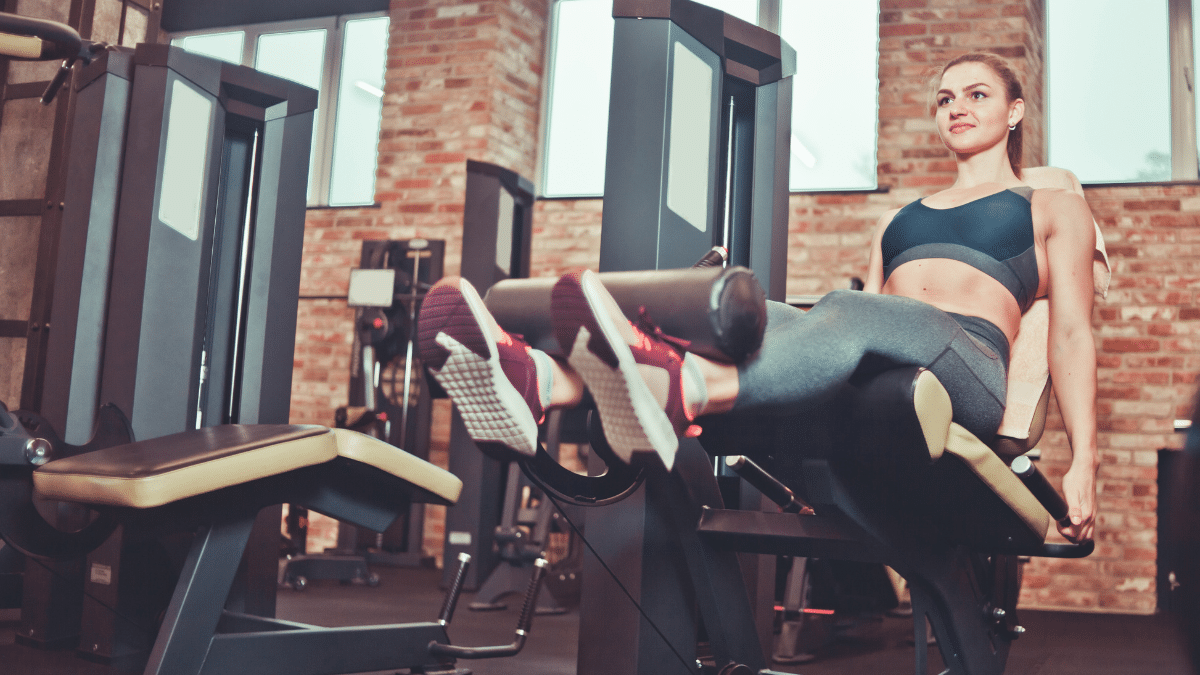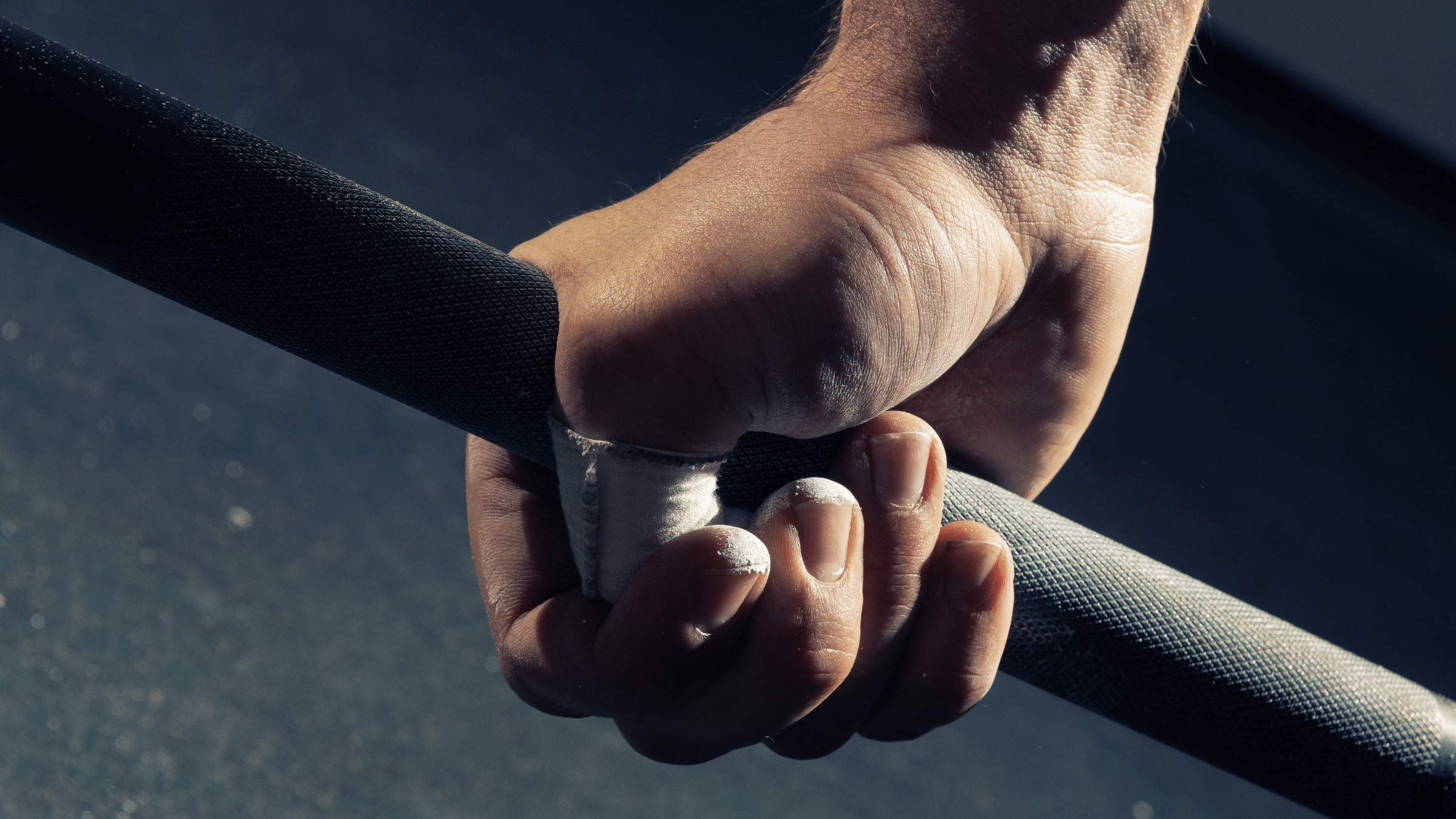The good-morning squat is a common problem, and one I get asked about frequently enough that it was worth explaining what’s happening and how to fix it in a blog post.
Before we get into this post, I want to let you know about our giant How to Squat guide. It covers everything you need to know about every aspect of the squat – from biomechanics to correcting weaknesses to technique. Click here to open it in a new tab so you can check it out after you've finished reading this article.
For those of you who don’t know, a good-morning squat is ostensibly a squat, but when the lifter starts coming out of the hole, their butt shoots straight up, so instead of squatting the weight up, they end up using their hamstrings, glutes, and back primarily, effectively taking the quads out of the movement.

When you squat like this, odds are you’re going to wind up missing the lift when the weight rounds your back over and folds you forward. Consequently, the common prescription is to strengthen your back or hip extensors (glutes and hamstrings) to keep you from getting folded forward. Makes sense, right?
Nope.
You see, your body is pretty good at optimizing movement. Do something enough times, and your body is pretty good at finding the most efficient way for you to accomplish the pattern, given your strengths and weaknesses. So, when you find yourself GM squatting, you’re in that position in the first place BECAUSE your back and hip extensors are strong. Strengthening them further MAY help you lift more weight, but it only furthers the imbalance that already exists.
Instead, you need to strengthen your quads. When your quads are weak, your butt will shoot right up out of the hole without your shoulders moving much – getting knee extension out of the way without much of a change in center of gravity – taking your quads out of the equation and shifting the load to the muscles that are already strong, and putting you in a GM position. Strengthen your quads, and they can pull their own weight, allowing you to stay a little more upright so you won’t have such a tendency to round forward with heavy weight.
Training your quads will also increase your max more for the amount of effort you invest into the training. If you strengthen what’s already strong, you’ll probably be able to move more weight, but it’s a matter of diminishing returns. If you bring up the weakest link, you get a much much better return on investment.
Now, before anyone jumps down my throat for implying that training the “posterior chain” isn’t the be-all-end-all of lower body training, I do absolutely think it’s important. Most new lifters need more work on their posterior chains, and it should be prioritized to a point. However, once you develop a GM squat problem, that’s a good indicator that the posterior chain is definitely up to snuff and no longer the limiting factor of performance. Also, I understand that mobility problems, especially poor ankle dorsiflexion, can cause this problem is the absence of any strength imbalances; however, in my experience, most lifters can get around that just by getting some weightlifting shoes with a raised heel.
And, just for social proof and all that (as an aside, it’s a little funny I feel like I need to justify a recommendation to train the quads. They’re big, strong muscles that need to be well developed for powerful knee extension – which is one of the basic tasks involved in squatting. But the strength world has been so enamored with the “posterior chain” lately, I feel like I’m being slightly rebellious by suggesting that people should directly train their quads!), consider that Dan Green shares my opinion with his 865 squat, and the study on elite powerlifters I wrote up for Bret Contreras’s blog basically said that the hallmark of elite squatting was *minimizing* GM-ing the squat.
So, if you end up looking like Miley Cyrus on Robin Thicke at the VMAs every time you squat heavy weights, train your freaking quads. Your back, and your squat numbers, will reap the benefits.
Want more squat content? Check out How to Squat: The Definitive Guide, a giant, free guide to everything you could ever want to know about the squat.



